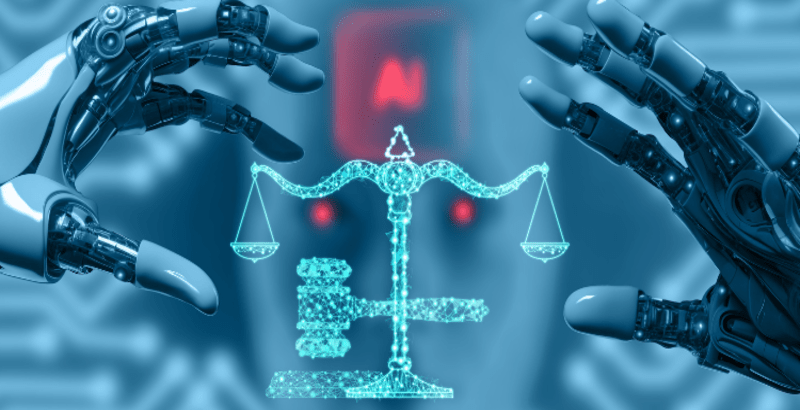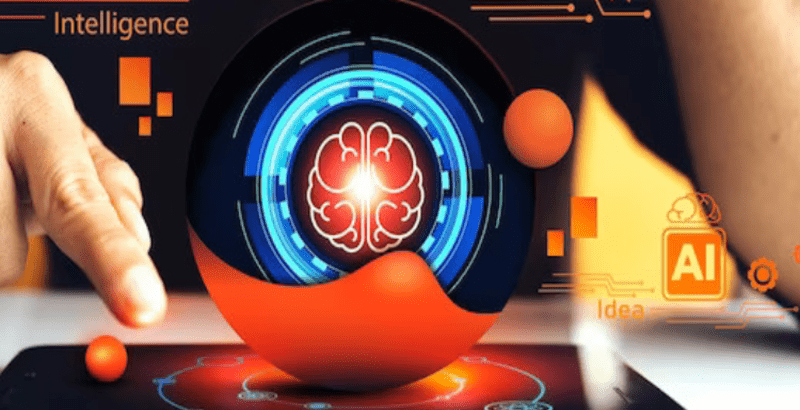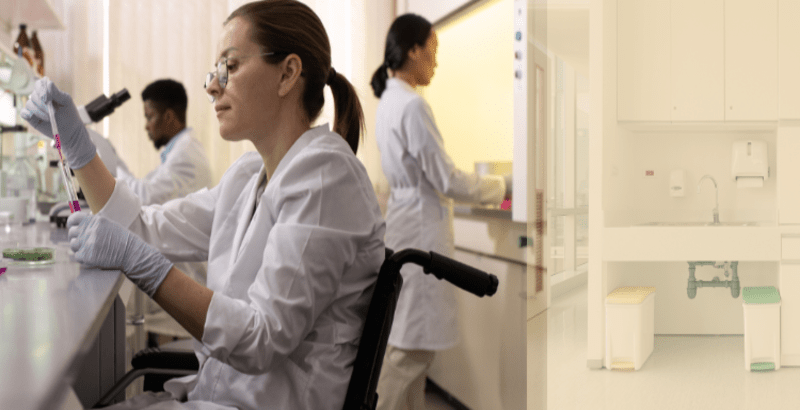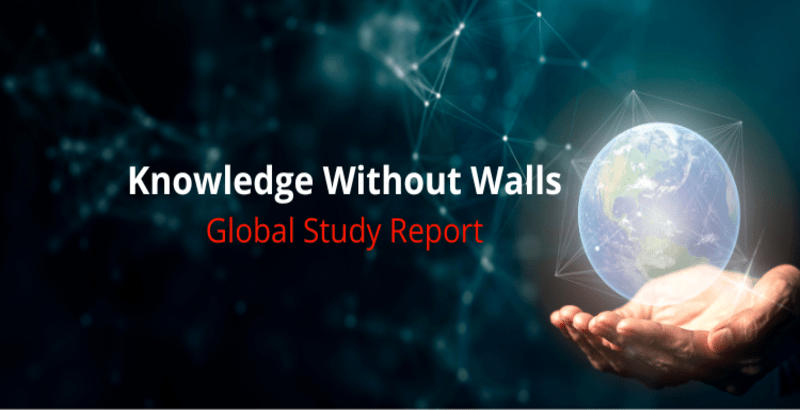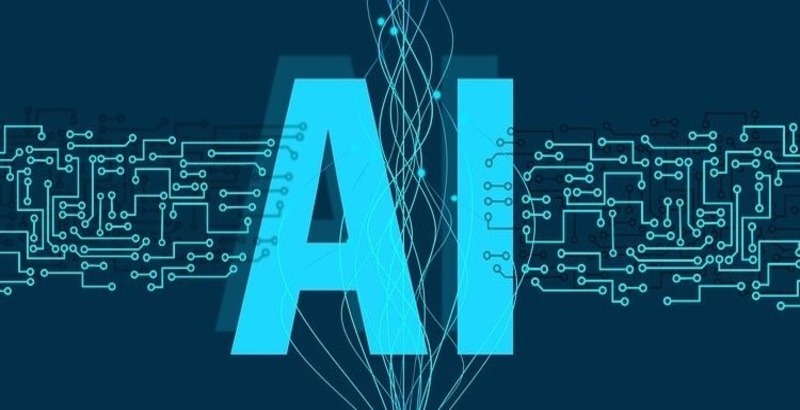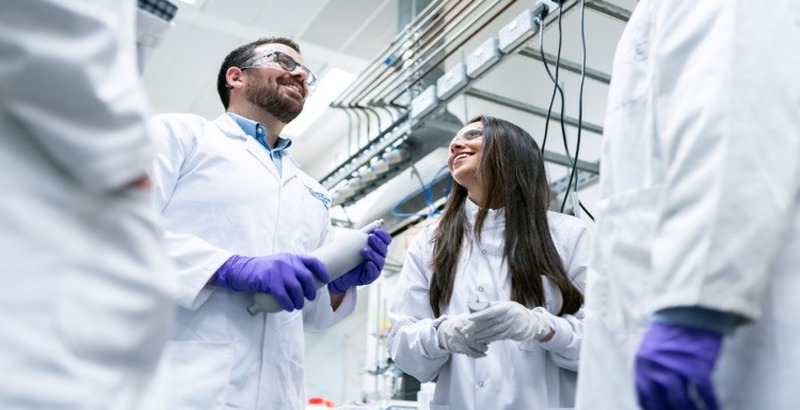How Enago Academy Contributes to Sustainable Development Goals (SDGs) Through Empowering Researchers
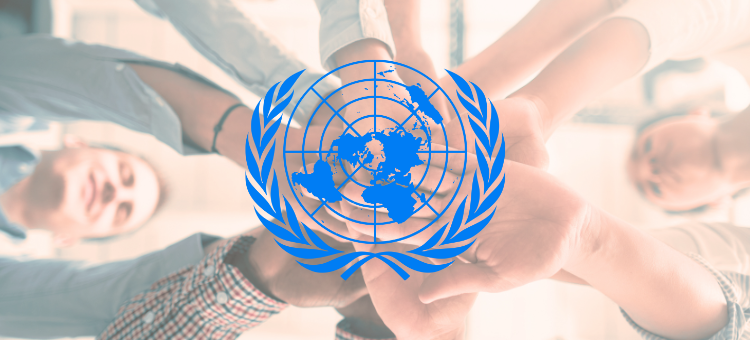
The United Nations Sustainable Development Goals (SDGs) are a universal call to action to end poverty, protect the planet, and ensure that all people enjoy peace and prosperity by 2030. Among the 17 SDGs, Quality Education (Goal 4) and Reduced Inequalities (Goal 10) are particularly relevant to the contributions made by institutions like Enago Academy. Enago Academy’s multifaceted approach includes not only training and resources but also active dialogue through diversity, equity, and inclusion (DEI) initiatives and the publication of critical research and thought leadership content. Here’s how these efforts align with the SDGs:
Enhancing Quality Education Through Expert Training and Thought Leadership
Enago Academy’s Author Workshops and Academic Webinars are central to promoting SDG 4, which aims to “ensure inclusive and equitable quality education and promote lifelong learning opportunities for all.” These sessions, delivered globally and in multiple languages, help demystify complex academic processes, equipping researchers with skills essential for success.
Additionally, Enago Academy publishes thought leadership blogs that address current gaps and emerging trends in academic publishing. These articles not only inform but also inspire researchers to adopt innovative approaches in their work, further enriching the global academic discourse.
Explore our thought leadership blogs here:
Addressing Inequalities With Multilingual Resources and DEI Initiatives
Enago Academy tackles SDG 10, focused on reducing inequalities, by providing a wealth of resources in various languages and emphasizing DEI in academic publishing. By broadcasting DEI-focused blogs and podcasts, Enago Academy addresses systemic biases in publishing, promoting a more inclusive academic community.
Our resources, available in languages like English, Japanese, and Spanish, ensure that knowledge is accessible to a diverse audience, thus helping to level the playing field for researchers globally.
Explore our DEI-focused blogs here:
Facilitating Global Dialogue and Sharing Insights Through Scholarly Resources
Enago Academy’s rich repository of scholarly resources, including in-depth articles, podcasts, eBooks, and an interactive Q&A forum, supports both educational enhancement and reduced inequalities. These resources enable researchers from diverse backgrounds to stay updated with the latest research trends and standards.
Moreover, the impact of publishing survey results related to academic publishing cannot be understated. These surveys highlight specific challenges and needs within the community, guiding future resources and policies to better serve researchers worldwide.
Explore the insights from our survey here:
Conclusion
Enago Academy’s comprehensive approach to supporting the SDGs through education and reduced inequalities showcases the significant impact that educational and resource-oriented organizations can have on global targets. By integrating training, multilingual resources, DEI initiatives, and insightful thought leadership, Enago Academy not only fosters the academic and career growth of researchers but also contributes to sustainable development. As we look towards 2030, such initiatives will be crucial in ensuring that all researchers, irrespective of their background, can contribute meaningfully to their fields and society.





